The perfect flash for rangefinder cameras
I have been on an obsessive journey to find the perfect flash for shooting rangefinder film cameras (Bessa R2m, Zeiss Ikon ZM, Leica M2, etc).
These cameras have PC-sync ports or hot shoes, they lack TTL flash.
Unfortunately, the perfect flash does not exist.
What would the perfect flash look like?
- The perfect flash should be a "thyristor" automatic flash, which means the flash has an onboard light sensor to automatically dispense the correct amount of light to produce the correct exposure (given you set the camera and lens accordingly)
- This is important because the cameras im interested in don't support TTL flash (where the camera can tell the flash how much light to emit)
- The perfect flash should have several thyristor settings
- The perfect flash should have a reminder table for the settings, going up to at least ISO 800.
- The perfect flash should be compact and low to the camera, like the Contax TLA200 atop Contax G2, or Fuji EF-X20 atop X100, pictured below
- The perfect flash should be metal, and black
- Nice to haves:
- built in zoom / diffuser
What is a Thyristor flash? (skip if you know, or read and correct me)
A thyristor flash is a very practical way to get correct exposures relatively automatically on cameras that have a simple hot shoe or PC port for flash.
How does a camera tell a flash to fire?
Via a hot-shoe or PC sync port, which is a simple circuit that is normally open, but closes when the shutter is firing.
For the cameras I'm interested in, this is the only flash functionality they have.
They do not have TTL-flash, which would be when the camera can tell the flash exactly how much light to dispense, by reading the flash live as it happens from the camera body, and communicating with a flash of the same system via several pins in the flash shoe.
How does a thyristor flash work?
(They work really good!)
On a thyristor flash, the flash has an onboard sensor that it uses to read the reflected light from the scene when the flash fires, and turn off the flash when enough light has been emitted.
In practice this means you set your lens to a certain aperture, shutter speed to flash-sync speed, and you can use a fully manual camera as a manual focus point and shoot given you're within the range of the flash, this is a huge advantage at night! The alternative with manual flashes is "guide number math" which is a huge pain.
How do you synchronize the settings between camera and flash?
You also use a table to set the same settings on the flash and the camera.
Say the below setting from the Sunpak PF20XD.
1) If you use auto mode A2 (there are 3 available auto modes)
2) and have ISO400 film,
- higher ISO = higher light sensitivity, you can see that as ISO increases, we can use a smaller aperture (and capture less light through the lens as a result)
- This the main setting you can play with, it controls how much light can travel through the lens (and also depth of field of course)
- The camera's shutter sync speed is the fastest speed at which the camera guarantees the shutter will be entirely open when the flash is fired
- Why would you use a slower shutter speed?
- To differentially affect the exposure of the parts of the photo lit and not lit by the flash
- If I was taking a picture of a balloon 5 feet away against the night sky, with flash, the flash would light the balloon, but not the night sky, as that is infinitely far away.
- If I take a picture at 1/60s, which is the camera's sync speed, then I change the shutter speed to 1/30s, the exposure of the balloon would mostly remain the same (most of the light there is from the flash, which puts out the same amount of light independent of shutter speed), but the exposure of the night sky would increase by 1 stop, as none of the light there is a result of the flash
- What if you use a faster shutter speed? You will probably get shutter capping, as the shutter is partially in the way when the flash fires
Sunpak PF20XD
The sunpak was my first attempt at getting the perfect RF flash. It has 3 automatic settings, and full manual controls, also a lot of "master/slave" settings I never used.
- 3 automatic settings
- built in wide diffuser
- good form factor, a bit tall but not as tall as many others
- plasticky / ugly
- manual flash actuation button is very easy to bump, and glows sooo bright red, see how I painted over it and put a piece of velcro around it to make it harder to bump
- fires very inconsistently on my R2m, so frustrating and embarrassing
Olympus FS FL-14
This is a small TTL-auto flash for some Olympus Micro 4/3 camera, Fortunately for me it also has a Thyristor-Auto mode. Unfortunately for me it mostly comes in a goofy champagne titanium, Fortunately yet again for me I have spray paint.
I think this flash generally looks great especially after the paint job, its a bit hard to find but fires reliabilby on my bessa
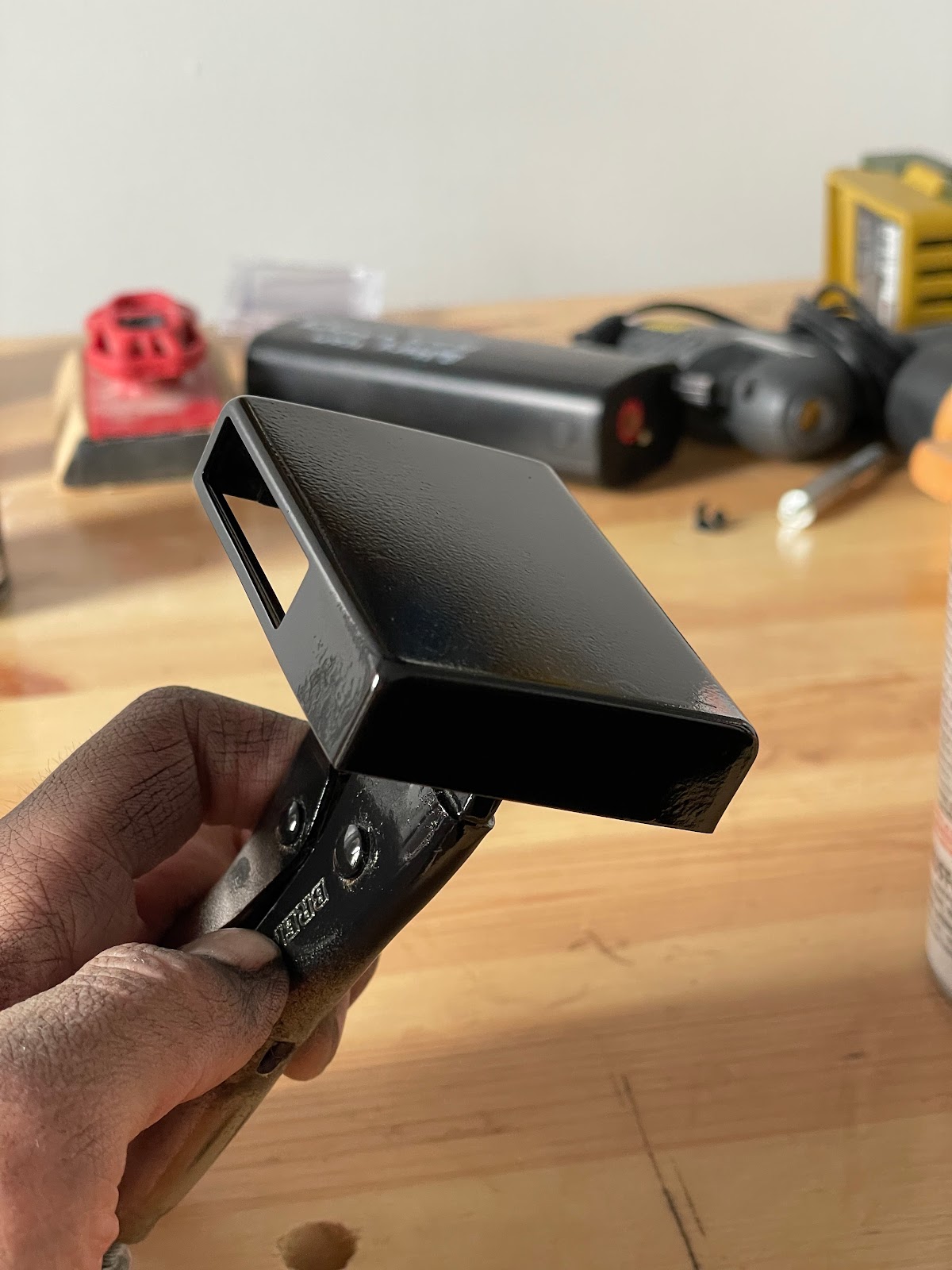

- The size is right, it could be lower to the camera but its very small
- The price is somewaht right, I paid $50 and $20 for the two I have bought, but scalpers on ebay have them listed for a lot more
- Fires reliably on my R2m, unlike the Sunpak
- Build quality, it feels a lot better than the Sunpak, the outer shell is metal which is why I was able to paint it so nicely
Cons:
- Only 1 automatic setting, this flash is mainly a TTL flash for the digital camera its paired with, the thyristor mode is an afterthought
- Resultantly, there's no built in reminder table, but I just made my own by rerefencing the manual and double checking on a digital camera the exposure looks correct
- No zoom / diffuser, just one setting for the flash spill
- No manual controls, the manual mode is just full power
Nikon SB30
# TODO when I get it :)
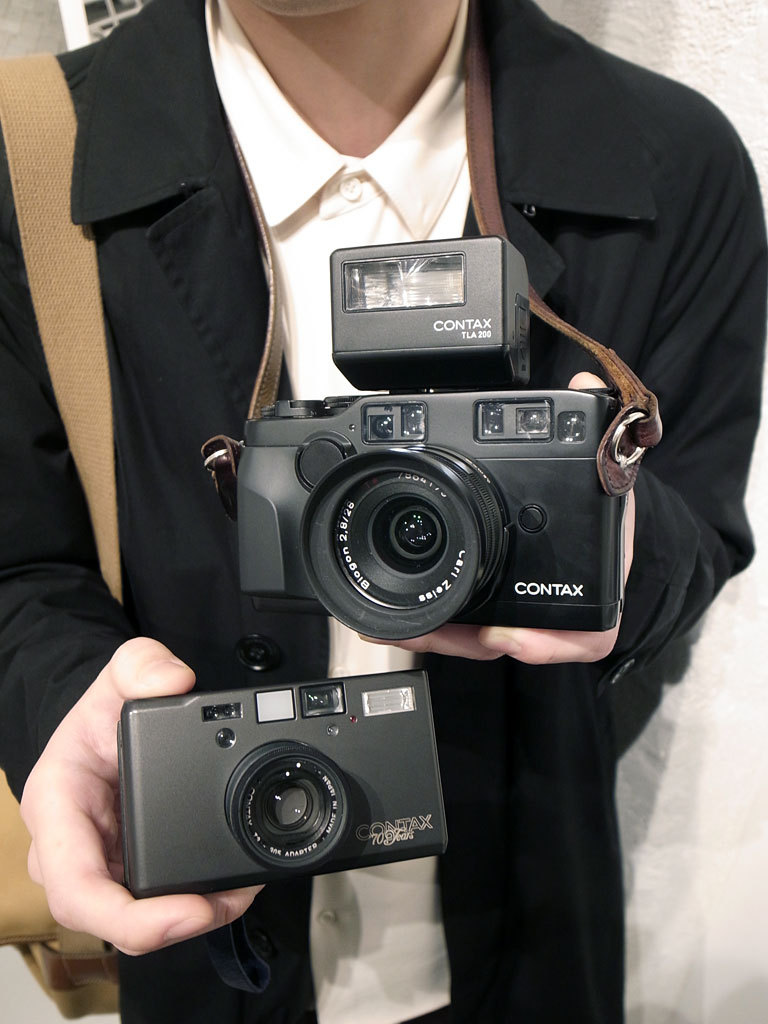
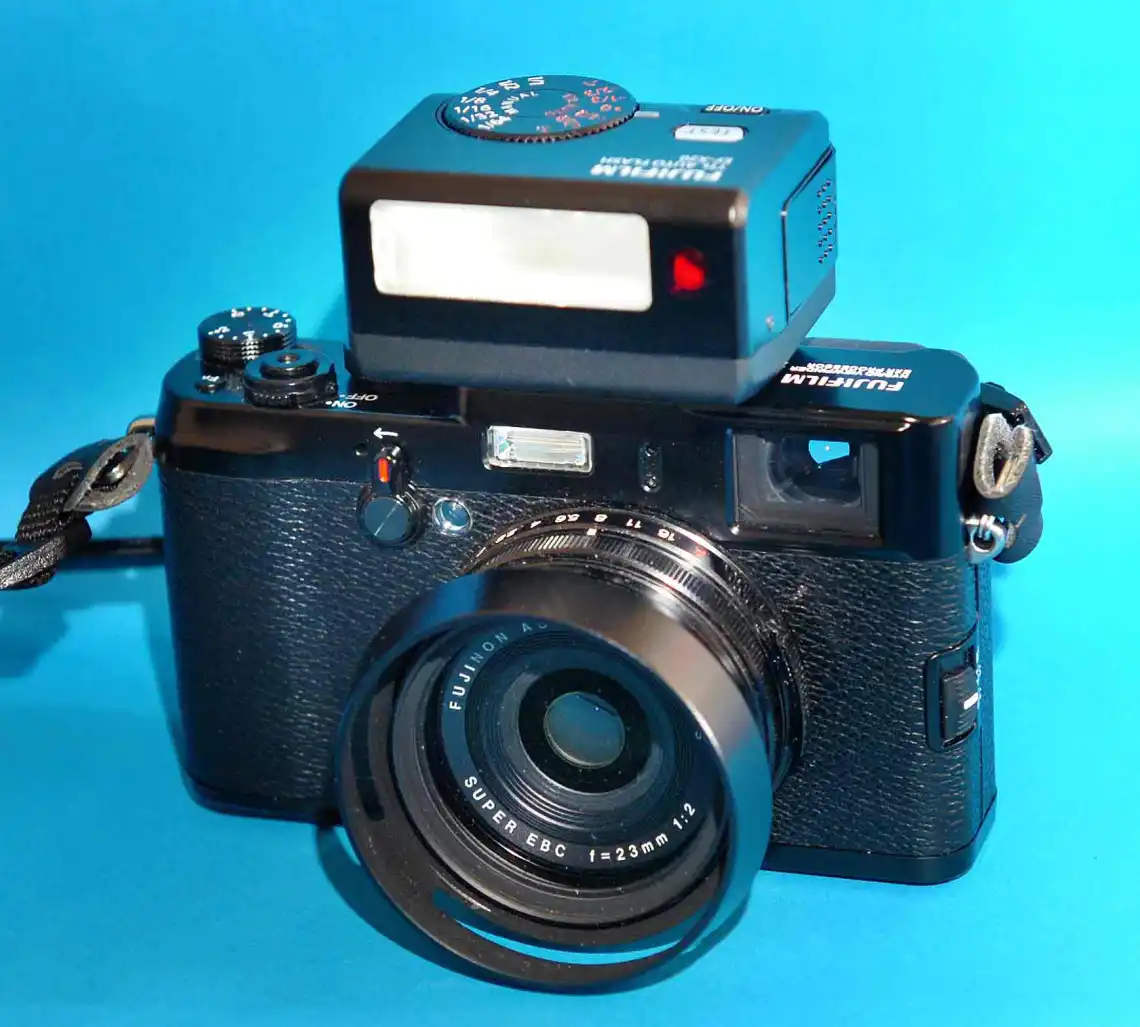



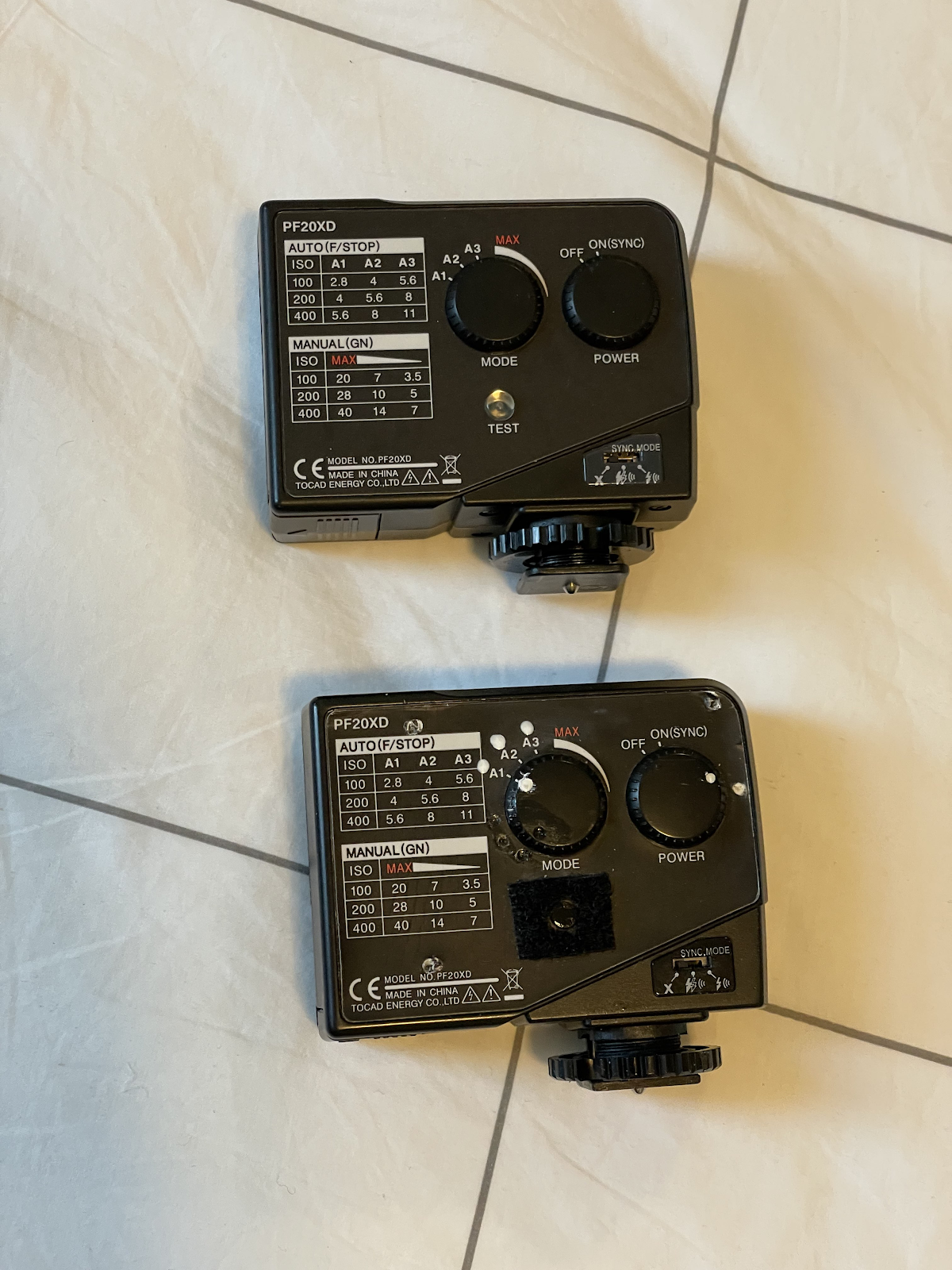
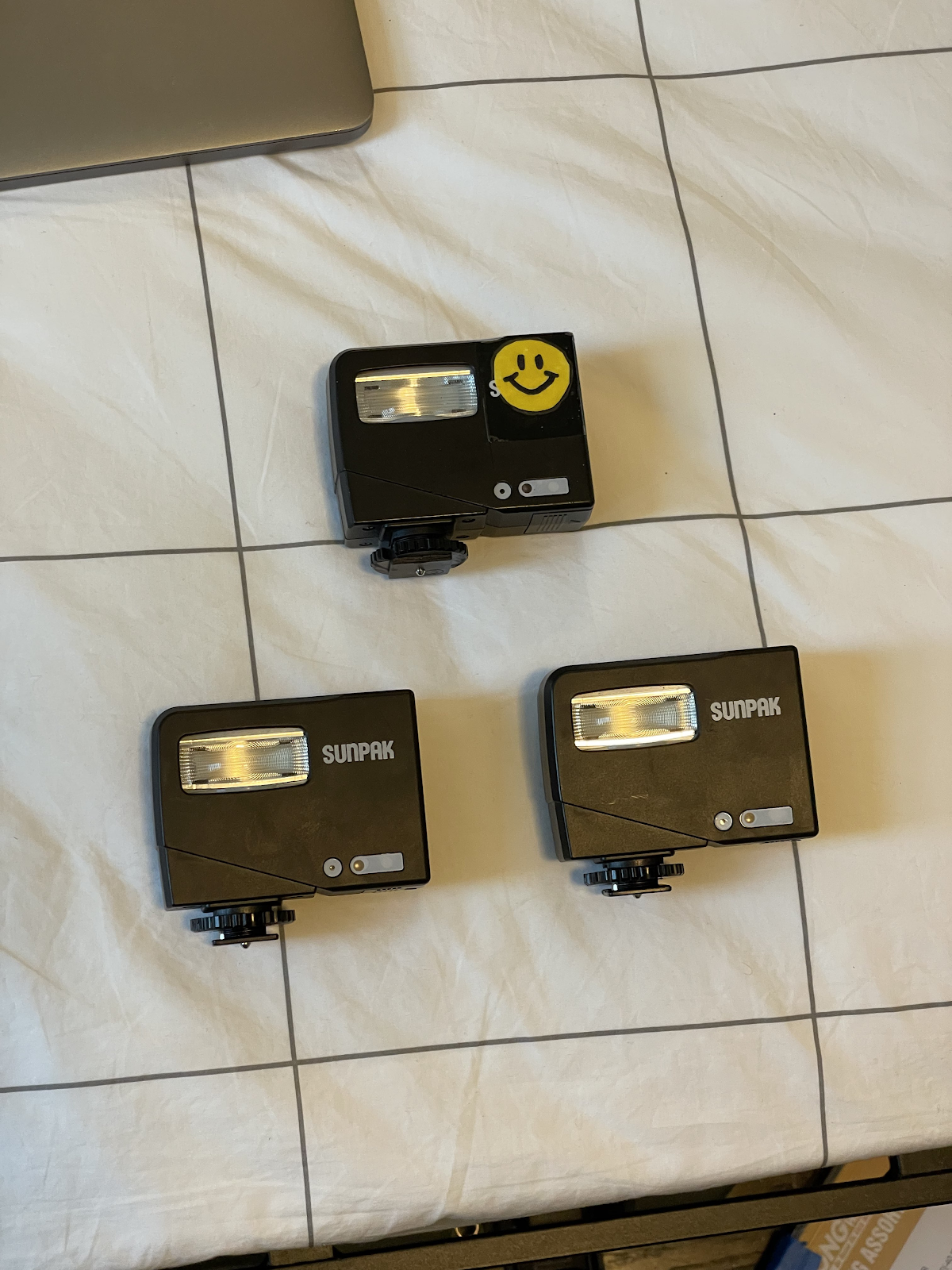



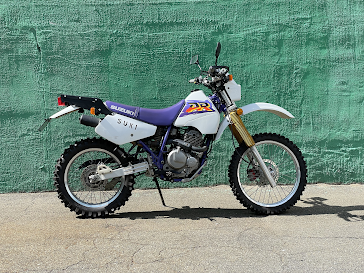
Just wanted to say I appreciate your work! Please keep this updated! Is the Leica 24D/20 still the best option out of the box?
ReplyDeleteI have an R8 and many RF cams. there is a new Nikon flash SB-600 looks pretty good. what do you think ? https://www.bhphotovideo.com/c/product/1082606-REG/nikon_sb_500_af_speelight.html/?ap=y&qu=gdn&gclid=EAIaIQobChMInsHR54bf_gIVgg5ECB0cyQ9HEAEYASAFEgIVnPD_BwE
ReplyDelete